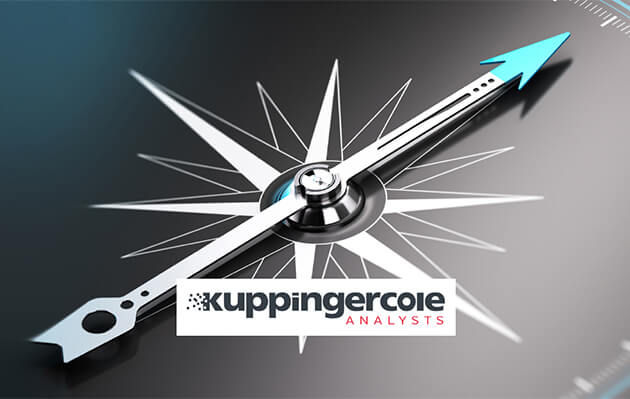We’re proud to be named a Leader in KuppingerCole’s Leadership Compass for SASE Integrated Suites with Harmony Connect SASE receiving strong positive ratings in security and usability, among other areas. “Organizations looking for rigorous security in a SASE solution should put Check Point on their evaluation list,” says John Tolbert, author of the report and Director of Cyber Security Research at KuppingerCole.
Download the full report here – KuppingerCole Leadership Compass for SASE Integrated Suites.
The leadership rankings are based on a rigorous, in-depth analysis detailed across a 77-page report that provides a comparative analysis of vendor attributes, overall capabilities (security, usability etc.) and product-specific secure access service edge functions.
Multiple Leadership Accolades for Harmony Connect SASE
With Harmony Connect, Check Point delivers a simple prevention-focused SASE solution that provides SWG, ZTNA, CASB and FWaaS to protect users and branch offices with zero-trust access control, advanced threat prevention and data protection.
For its Harmony Connect SASE solution, Check Point was ranked a Leader in in the following categories:
- Overall Leader – Sum total of Market, Product and Innovation Leadership subcategories
- Product Leader – Based on the presence and completeness of required features
- Market Leader – Requires global reach, and is based on number of customers, PoPs, employees, size of deployments, partner ecosystem and financial health
Drilling down, Check point received strong positive ratings in the following categories:
- Security
- Usability
- Market Position
- Financial Strength
- Ecosystem
What makes Check Point’s SASE solution shine?
As recognized by KuppingerCole, here are six things that make Harmony Connect SASE stand out:
- Strong security – Harmony Connect SASE utilizes the same industry-leading technology as Quantum, providing the highest malware catch rate as shown in the Miercom 2023 NGFW Benchmark Report, natively delivering a cloud IPS, advanced sandboxing, real time threat intelligence (with ThreatCloud) and full traffic inspection with its unified Harmony Connect client for internet and private access.
- Solid DLP features – The solution prevents prevents the leakage and exfiltration of sensitive corporate data for all internet access, remote access, SaaS & collaboration platforms with a cloud DLP
- Threat extraction – Content Disarm & Reconstruction (CDR) increases protection and user productivity, by removing potentially risky content, and is available as part of a SaaS API or as a browser add-on (See video here.)
- ALL you need for hybrid workforce security – Harmony Connect SASE is part of the Check Point Harmony suite – the industry’s first unified security solution for users, devices and access. Harmony lets you manage your SWG, FWaaS, ZTNA, endpoint security (EDR/ EPP), mobile threat defense (MTD), SaaS and email security—ALL from a single pane of glass.
- Integrated with Check Point’s XDR – Unified logging and incident response management with Horizon XDR
- Excellent customer administration interface
A complete SASE integrated suite
Harmony Connect stands out it in the simplicity of its UI and prevention-focused security strategy, making zero-day threat prevention not only possible, but practical, with rich zero trust for user, branch or third party access. Managed from the Check Point Infinity cloud platform, Quantum SD-WAN and Harmony Connect combine to deliver a complete security and internet access solution (SASE).
Whether you’re looking to secure private, cloud or web connections, Harmony Connect has got you covered. Here’s how:
Figure 1: Overview of SASE functions (Source: KuppingerCole)
